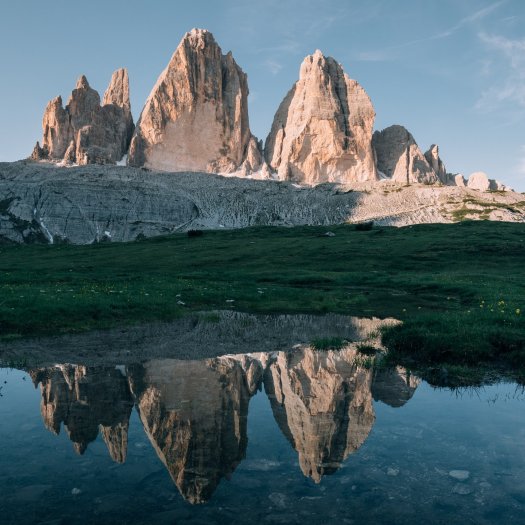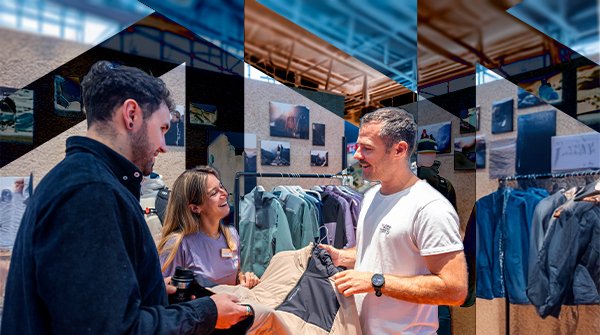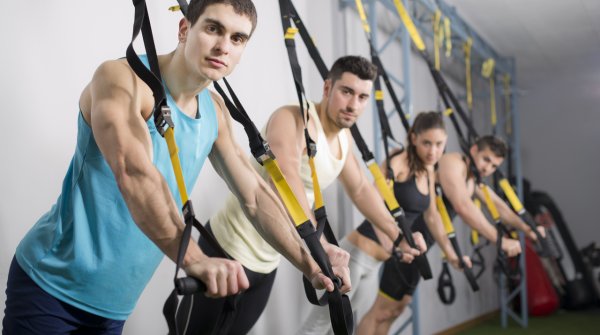Last but not least, it is the beautiful rock formations that are offered here that make the Dolomites so exciting for many. These are even part of the UNESCO World Natural Heritage. Whether family or experienced hiking group, everyone will find the right route here.
The Sassolungo rises mightily in the Grödinger Dolomites. Well known to passionate mountaineers, the peak is also a worthwhile destination for hikers. Unlike climbing, however, you don't climb the steep walls to almost 3,200 metres, but rather take a 21-kilometre route around the Dolomite peak. Even when hiking, you are not immune to sweaty ascents, as you have to overcome a good 1,600 metres in altitude. You need to be in good shape - but Dolomite hikers are aware of this.
The tour begins at an altitude of around 1,600 metres at the Hotel Monte Pana, with a panoramic ride on the chairlift. The first 400 metres in altitude are thus easily managed and up to the Ciaulonch Saddle there are initially no gradient records to break, even on foot. This changes, however, when the ascent to the Sassolungo Hut begins behind the rock falls of the Sassolungo (path 526), before the path climbs steeply over abundant scree to the Toni Demetz Hut (path 525). The hut is reached after about 2.5 hours. After a well-earned snack, take the cable car down to the Sella Pass and then through the impressive landscape of the "Stone City" with its mighty boulders via the Emilio Comici Hut back to the chairlift and Pana-Alm.
The lively hike on the Quellenweg is the perfect holiday start for the whole family: no one feels overwhelmed and the desire for larger tours in the Dolomites grows. There are no climbs on the just over two-kilometre-long route in the Braies Valley, but there is plenty to see. Many of the small springs have information boards explaining the path of the water. The starting point of the tour is at the Stollabach near the Hotel Asterbel, then you simply follow the course of the river or the signs, before taking a slight right turn and returning along the parallel forest path.
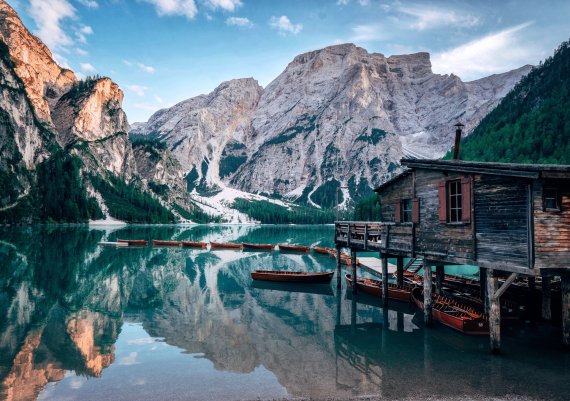
Lake Dobbiaco is a place steeped in history, where Italy's dictator Benito Mussolini once had several bunkers built. Today it is a popular destination for tourists at any time of the year. In winter, you can try your hand at curling on the mirror-smooth ice rink, while in summer, boats sail across the water amidst the mountain scenery framed by the Sesto Dolomites Nature Park and the Fanes-Sennes-Braies Nature Park. In spring and autumn, the attention of the guests is drawn to the migratory birds that stop here for a rest.
A beautiful nature trail with information boards on flora and fauna leads around the lake. If you walk hard, you will cover the distance in less than two hours. You can also start the hike in nearby Dobbiaco, where there are numerous opportunities for refreshments.
The "Three Peaks" are considered the landmark of the Dolomites and adorn postcards, travel brochures and stamps. Hotels, inns and streets are named after them. Those who hike in the Dolomites will sooner or later want to discover these obelisks for themselves. There are several routes of varying difficulty. One of the most beautiful is the almost ten-kilometre-long circuit of the rocks via paths 101, 105 and the Dolomites High Altitude Trail. With a difference in altitude of around 400 metres, this 2.5-hour tour is also doable for less experienced hikers. An even more beautiful view of the "Three Peaks" will not open up anywhere during mountain sports.
Around 1,300 metres in altitude, eight hours of hiking - the ascent from Stern to the Gardenacia Hut and the subsequent trail across the plateau to the Puetz Hut are quite demanding. Fitness and stamina are required, but the mountain sport is rewarded with a unique landscape that begins between sparse meadows, then leads through forests ever upwards into the rocky grassland and finally ends behind the Gardenaciascharte in a vast rocky desert.
 OutDoor by ISPOOutDoor in transition
OutDoor by ISPOOutDoor in transition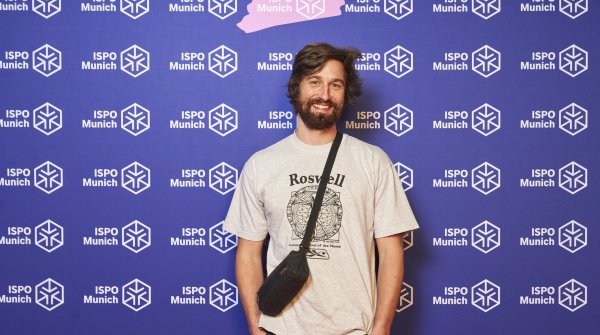
- ISPO awards
- Mountain sports
- Bike
- Design
- Retail
- Fitness
- Health
- ISPO Job Market
- ISPO Munich
- ISPO Shanghai
- Running
- Brands
- Sustainability
- Olympia
- OutDoor
- Promotion
- Sports Business
- ISPO Textrends
- Triathlon
- Water sports
- Winter sports
- eSports
- SportsTech
- OutDoor by ISPO
- Heroes
- Transformation
- Sport Fashion
- Urban Culture
- Challenges of a CEO
- Trade fairs
- Sports
- Find the Balance
- Product reviews
- Newsletter Exclusive Area
- Magazine
